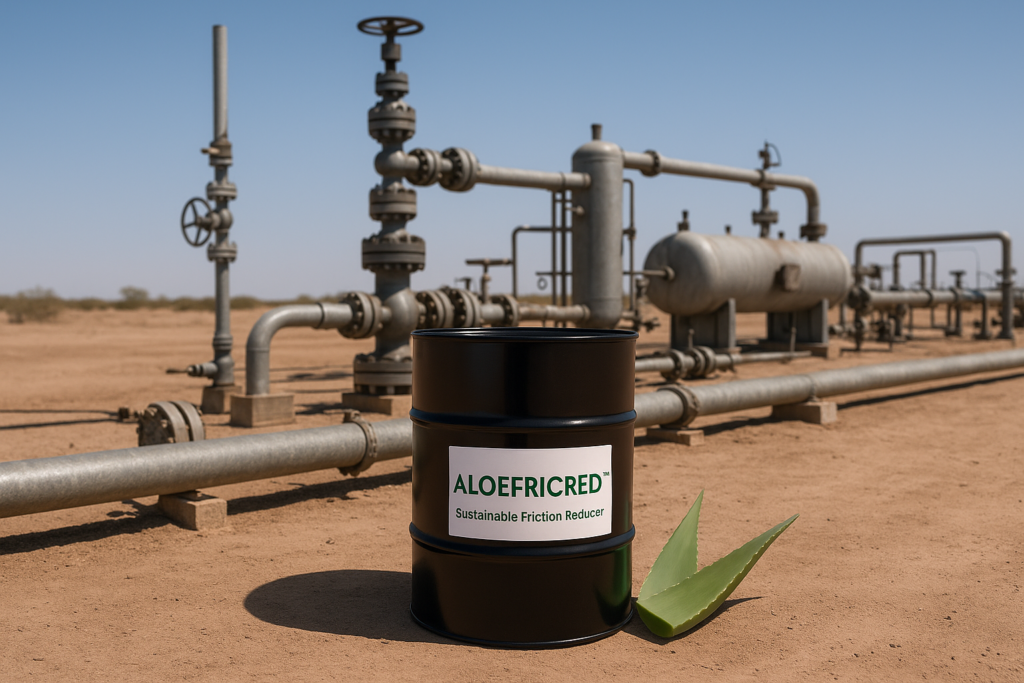We often wonder why we require high viscosities in a friction reducer (FR). The following article aims to provide information to clarify this concept and make it easier to understand.
✅ Target Viscosity Range for Friction Reducers:
- Concentrated FR emulsions or dispersions:
🔸 Typically 500 to 5,000 cP
(Measured at low shear, 25°C) - Fully hydrated polymer solutions in water (ready-to-use):
🔸 Range can reach 5,000 to 20,000+ cP
depending on the polymer type (e.g., high MW polyacrylamide or biopolymers)
📌 Why That Much Viscosity?
In hydraulic fracturing:
- FRs don’t function by thickening the fluid like gel-based fracturing fluids.
- Instead, they work by forming long-chain polymer structures that interact with turbulent flow eddies, disrupting them and reducing drag.
Higher viscosity generally indicates good polymer hydration, which leads to:
- ✅ Better drag reduction performance
- ✅ Improved pumpability
- ✅ Lower required dosage
💡 Typical Friction Reducer Formats & Their Viscosities
| Type of FR | Form | Typical Viscosity |
|---|---|---|
| Cationic/anionic PAM | Liquid concentrate | 1,000–5,000 cP |
| Emulsion FR | Polyacrylamide-in-oil | 500–2,000 cP |
| Dry powder (hydrated) | Fully mixed in water | 10,000–20,000+ cP |
| Biopolymer FR (e.g., aloe/xanthan) | Liquid or gel | 1,500–10,000 cP |
🚨 Important:
It’s not only the absolute viscosity that matters, but also:
- Viscosity under shear (FRs are often shear-sensitive)
- Time to hydration (fast-hydrating FRs reduce costs)
- Friction reduction % under dynamic conditions (benchmarked in flow loops)
✅ In Summary:
- For most friction reducers used in fracking, a viscosity of 1,000–5,000 cP (concentrate) is typical.
- Fully hydrated solutions (ready-to-inject) may exceed 10,000 cP, depending on the polymer system.

Why Aloe Vera as a Friction Reducer?

Aloe vera inner gel contains long-chain polysaccharides (mostly acemannan), which can:
- Form entangled networks in water (viscous, shear-sensitive fluids)
- Mimic the drag-reducing behavior of synthetic polyacrylamides
- Be biodegradable, non-toxic, and ESG-compliant
For more details of our green and sustainable aloe vera based friction reducer please visit the specific page ALOEFRICRED – Eco-Friendly Friction Reducer.